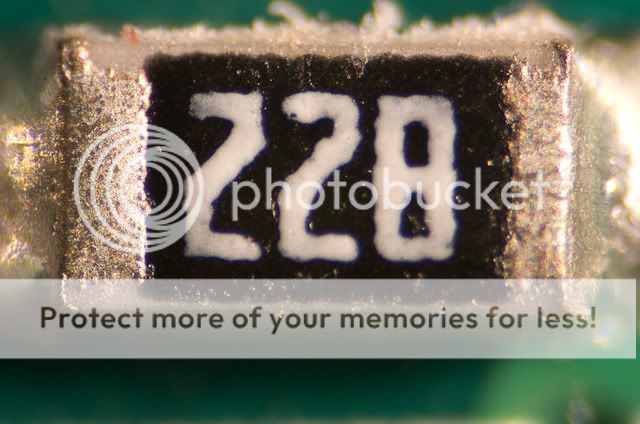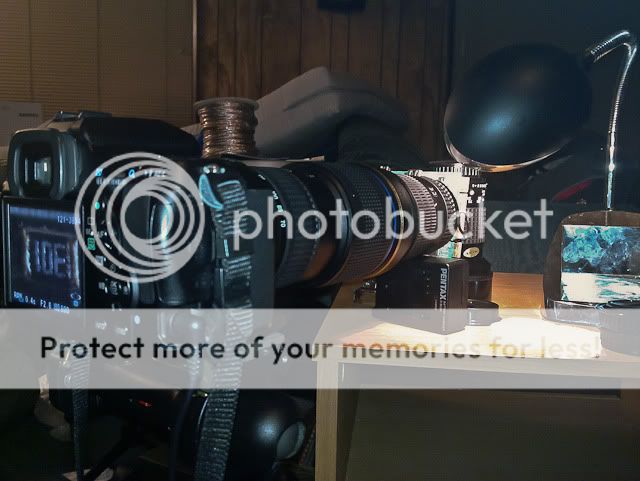So...I should really have read about this again beforehand.
Further clarification: I said I want maximum working distance. This is still true but I found I'm comfortable with anything over 7cm(or 2 3/4in). I hope that makes it easier.
Also I don't need more than 5:1.
Regarding reversed lenses: I'm not sure anymore how working distance behaves.
With no extension (apart from flange distance), working distance for a 50mm lens is about 11cm/4,3in.
With 50something mm extension working distance is about 8cm/3.1in.
This is neither constant nor linear (or is it?).
I don't want to go with lens stacking because IQ degredation is pretty severe and light loss is even stronger than with other techniques.
I once tried to take that Vivitar TC apart but I couldn't find a way to remove the lens elements without destroying it. And this actually is a very neat thing so I didn't want to go so far (also it hurts the resale value).
RioRico, how is that Rodenstock XR-Heligon 120/1.8? Numbers are impressive.
1kg? That's a massive lens.
Seems like a 80mm lens would be perfect for working distance. But wow, 240mm extension for just 3x - or even worse 315 for the 105 macro. Damn you, physics!
For viewfinder brightness and necessary extension, I'd go with the 1.4/50. But the 105 macro should be better in whatever set-up.
RXrenesis8, luckily I don't own a DA* 300 so I don't have to worry about the effect of diffraction with the 16-50 stacked. Alos, 18,xx magnification might be just slighly over the top. Will be better off with a microscope then.
newarts, once again very valuable information.
You don't really motivate me but well, it's not your fault.
Looking at the numbers I can't find a combo that fulfills everything.
I either have to get very close or lose masses of light and end up with something like f/14 (4x with f/2.8 lens).
The bellows to EL or regular lens still is the most attractive to me. Primarily because of its flexibility and ease of use (focusing in particular).
Does someone know how much bellows with 2 geared rails usually cost?
Also, if I go the EL route which lenses I should look out for? Should be at least 75mm, cover more than 135mm film and offer f/4 if possible.
stover98074, I've read almost everything. Most ways to get close covered but I'm still not entirely sure whcih way I want to go.
Lowell, you have a strange way of naming magnification levels. It's clear but uncommon.
What did you mean by this?
 Quote:
Quote: Regardless of method, the level of magnification does require very intense illumination, and there is NOTHING that can resolve that point. High magnification spreads the image out substantially, and therefore the intensity goes way down.
Resolve like resolution or disolving the problem?
Either you are talking about very tricky lighting or lost resolution because the image is so strongly magnified. Can you clear that up?
It's bellows against extension tubes with or without reversed lenses now.
Cheaper option: extension tubes + set of step-down rings.
More sophisticated option: bellows + enlarger lens or any other lens (even reversed).
Suggestions?


 Similar Threads
Similar Threads 





 It means working very close, but oh, what DOF! Use such for shooting wee dead stuff in context.
It means working very close, but oh, what DOF! Use such for shooting wee dead stuff in context.






















